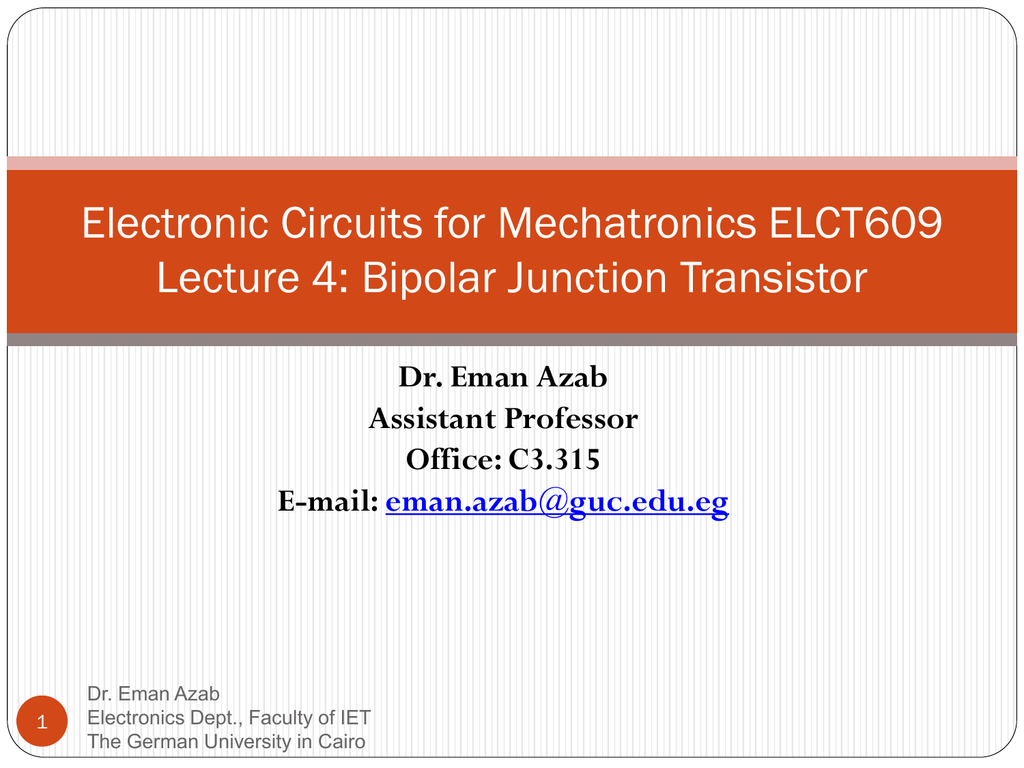

If the voltage applied to the base is greater than approximately. This is to prevent damage to the transistor. You no doubt noticed the resistor connected to the base of the transistor. is applied to the resistor and the relay contacts are closed (because the transistor is now conducting current).

In the next diagram, you will see that 12 volts D.C. In the first diagram, you can see that the voltage applied to the resistor is 0v D.C. One problem faced by installers is the need to reliably switch a relay when the switching output from the control device is less than the 12 volts needed to actuate the relay. Note the names of the individual terminals. It shows the schematic symbol for an NPN bipolar transistor (left) and a PNP bipolar transistor. On an NPN transistor, the base must have a positive voltage with respect to the emitter. A transistor needs to have a small amount of voltage difference between the base and the emitter. Remember that you have to have a certain amount of voltage across the coil of a relay for the relay to engage. OK, I said that a transistor is sorta like a relay. For now we will mainly discuss the NPN transistor. The biggest difference is the direction of current flow through the collector and emitter. There are 2 basic configurations of bipolar transistors, one is an 'NPN' the other is a 'PNP'. The other 2 terminals are known as the emitter and the collector and they carry virtually all of the current flowing through the transistor. Bipolar transistors generally have 3 terminals.

The two main types of transistors are bipolar transistors and field effect transistors.Ī bipolar transistor uses a small current to control a larger current, a little like a relay. It will just give you a general idea what transistors are and how they may be used in car audio. This section will, in no way, tell you everything about transistors.


 0 kommentar(er)
0 kommentar(er)
